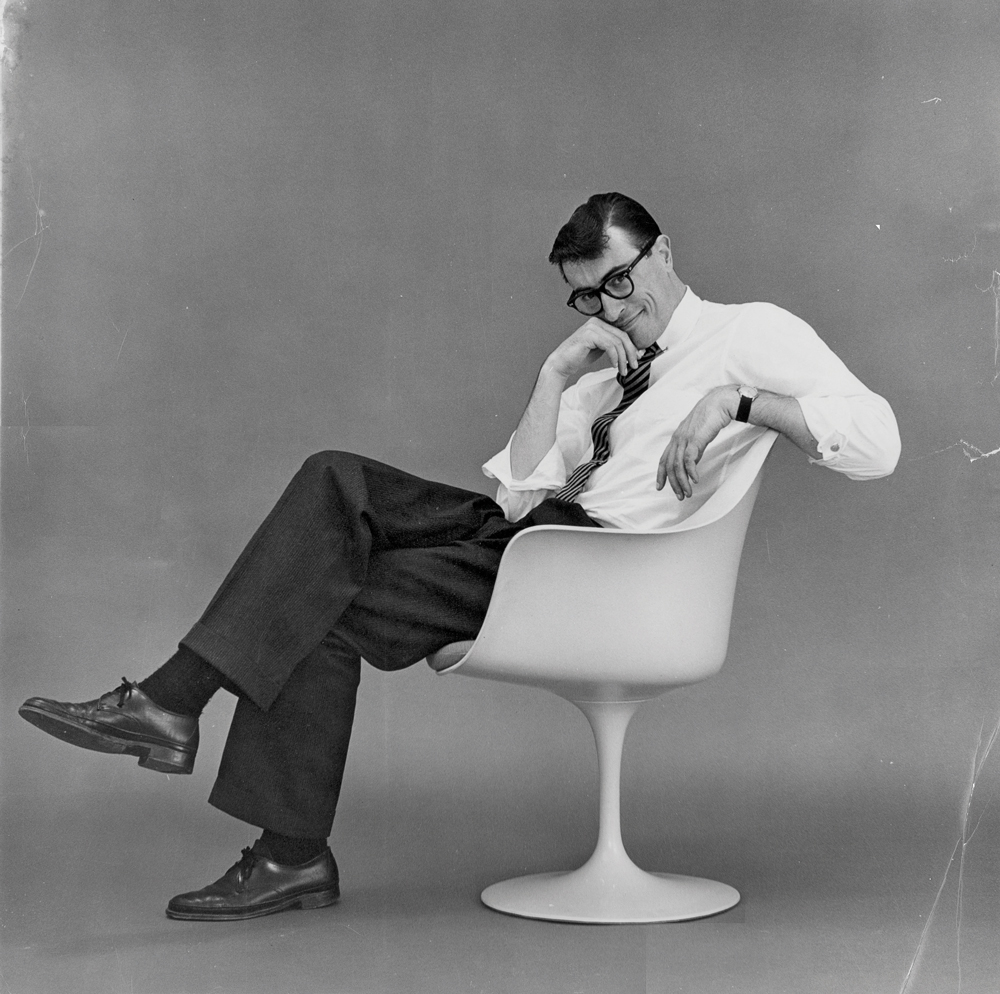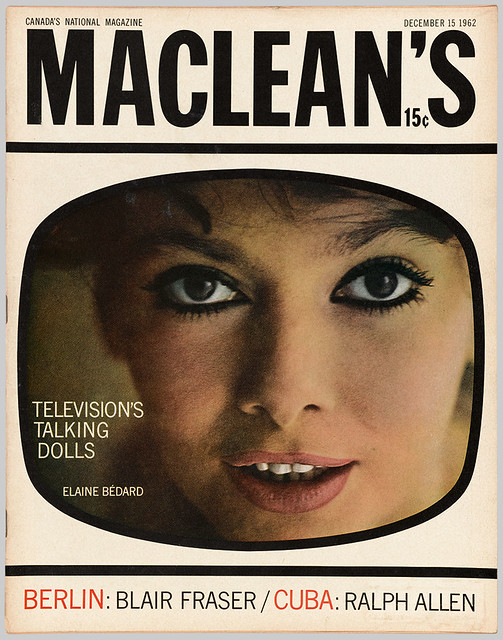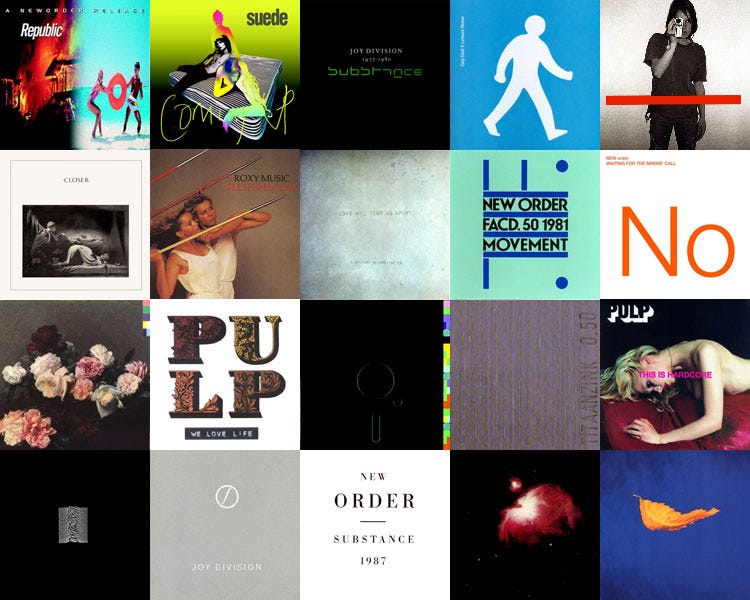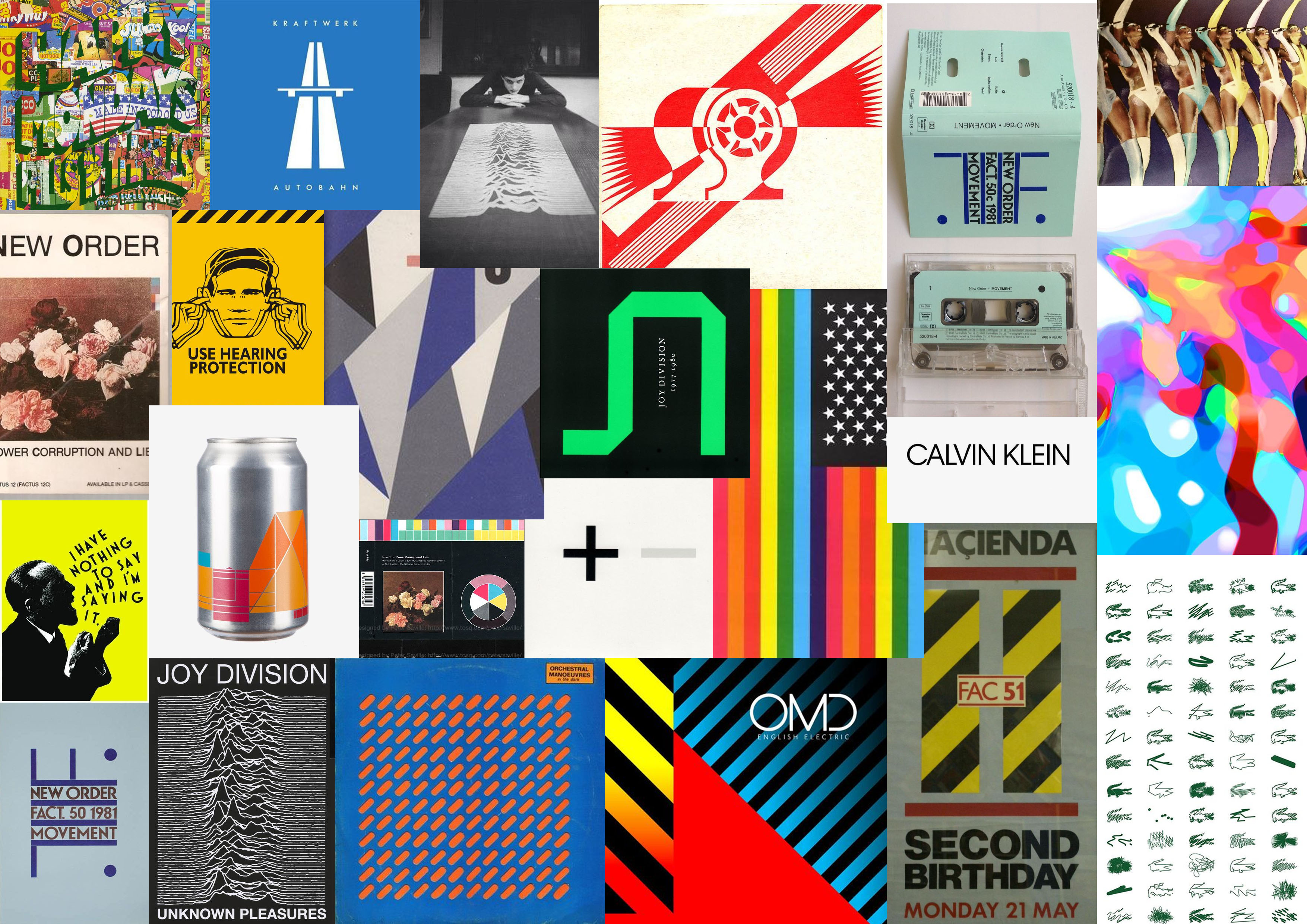Allan Fleming
Allan Fleming was a Canadian graphic designer born in Toronto Ontario. His father Allen Steveson Fleming, was a clerk with Canadian National Railways, which may have helped him with his success. However Allan Fleming has always been a hard-working designer, he was only 16 when he apprenticed at various firms in the city, which is incredibly impressive for someone to be working in a professional field that young. He is best known for creating the Canadian National railway logo which was launched in 1960, and it remains unchanged. He worked as a freelance designer and taught part-time at the Ontario College of Art, he subsequently landed a major position as an Art director for Maclean’s Magazine1962. Clients included General Electric, General Motors, Hockey Night in Canada, and Imperial Oil. More clients meant more opportunities. Throughout his career, Fleming’s work has won numerous awards, and he is far beyond remembered as the man who created the CN logo.















